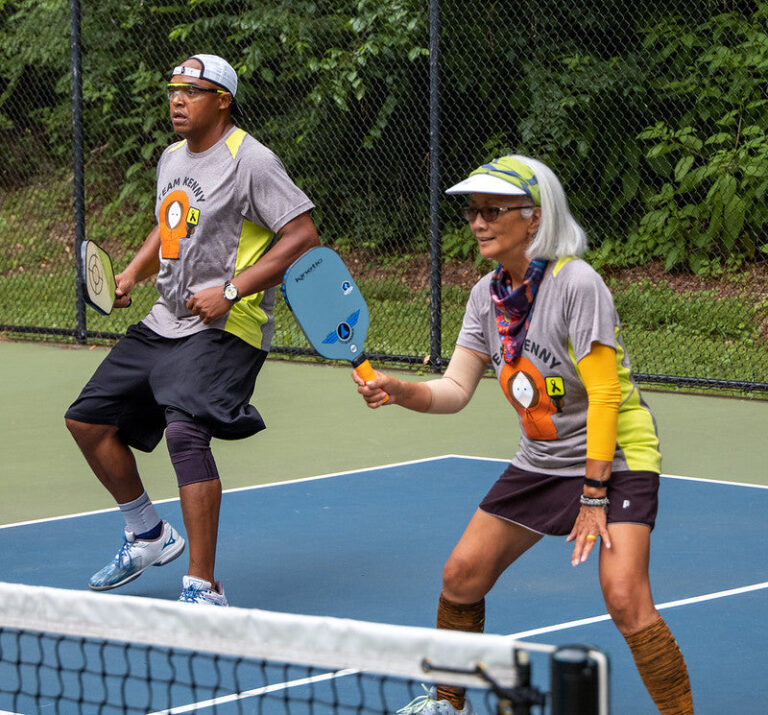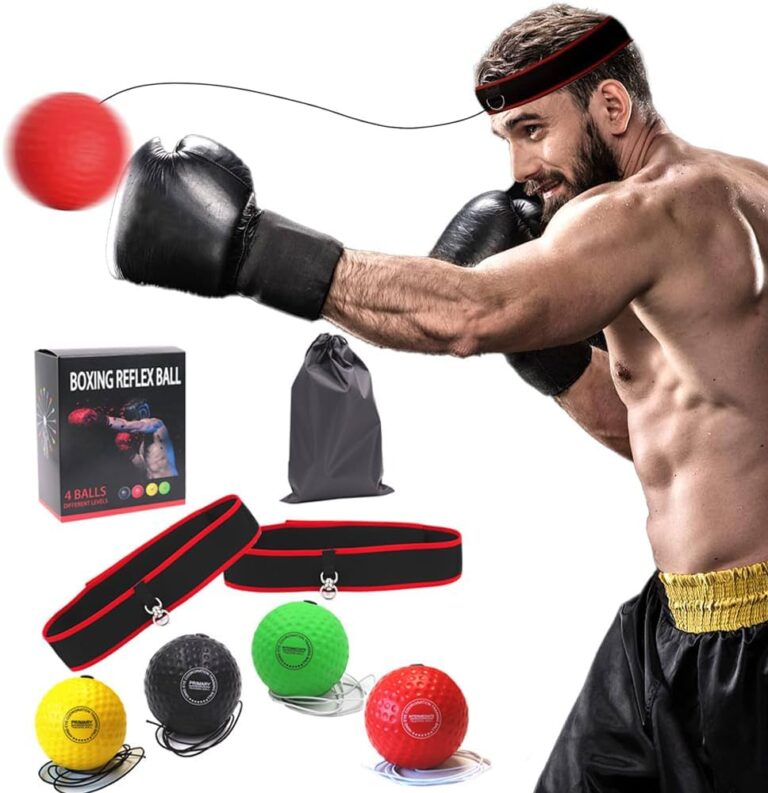The Sepak Takraw ball is made of either rattan or synthetic materials like plastic or synthetic fiber. Traditionally, these balls were crafted from hand-woven strips of rattan, a material derived from a type of palm tree. Today, most modern Sepak Takraw balls are made from synthetic fiber or woven plastic, offering better durability and consistency.
This article will explain why these materials are used, their advantages, and how they impact the ball’s shape, weight, and performance. If you’ve ever wondered what makes the Sepak Takraw ball special, keep reading!
Read also: Sepak Takraw Essentials
Materials Used in Sepak Takraw Balls
1. Rattan
- What is it?
Rattan is a natural material harvested from a type of palm tree found in Southeast Asia. - Features:
- Flexible and lightweight.
- Provides a traditional feel and look.
- Limitations:
- Not waterproof.
- Susceptible to wear and tear over time.
- Usage:
Rattan balls are mostly used in cultural or ceremonial games today.
2. Synthetic Fiber and Plastic
- What is it?
Modern Sepak Takraw balls are often made from synthetic fiber or woven plastic. - Advantages:
- Durable: Withstands heavy usage and harsh weather.
- Consistent Shape and Weight: Ensures even performance during play.
- Waterproof: Ideal for outdoor games.
- Example:
Official balls for tournaments are made of synthetic fiber in one woven layer.
3. Synthetic Rubber (New Innovations)
- Why it’s used:
Some modern balls incorporate synthetic rubber to enhance flexibility and shock absorption.
Key Specifications of a Sepak Takraw Ball
| Feature | Specification for Men | Specification for Women |
|---|---|---|
| Weight | 170–180 grams | 150–160 grams |
| Circumference | 42–44 cm | 43–45 cm |
| Holes and Intersections | 12 holes, 20 intersections | 12 holes, 20 intersections |
| Material | Rattan or synthetic fiber | Rattan or synthetic fiber |
Why Synthetic Materials Are Popular Today
While woven rattan gives the Sepak Takraw ball a traditional charm, synthetic materials dominate modern games. This is due to several reasons:
- Durability: Synthetic balls last longer and resist damage from kicks, water, and weather.
- Consistency: Synthetic fiber ensures the ball maintains its shape and weight over time.
- Ease of Maintenance: Plastic and synthetic rubber balls are easier to clean and store.
For example, balls made of woven plastic are widely used in international tournaments like the Asian Games due to their reliable performance.
Fun Fact: Evolution of Sepak Takraw Balls
- Sepak Takraw originated in Southeast Asia, where the ball was hand-woven from rattan, a type of palm tree.
- Over time, synthetic materials replaced rattan for professional play, allowing for faster and more precise games.
- Today, brands like Marathon and Molten manufacture high-quality Sepak Takraw balls made of synthetic fiber.
Statistics About Sepak Takraw Ball Materials
- Rattan Usage: Only 10% of players still use rattan balls, mostly for traditional matches.
- Synthetic Ball Adoption: 90% of professional games use balls made from synthetic fiber or plastic.
- Global Sales: Sepak Takraw balls made of synthetic materials dominate international markets.
Frequently Asked Questions
Q: Can I still buy rattan Sepak Takraw balls?
A: Yes, but they are primarily used for traditional games or as decorative items.
Q: Why does the ball have holes?
A: The holes and intersections ensure the ball is lightweight and allows air to flow through for better control.
Q: Are synthetic balls better than rattan balls?
A: Yes, for durability, consistency, and water resistance, synthetic balls are superior.
Q: How do I know if the ball meets official standards?
A: Look for specifications such as weight (170–180 grams for men) and material (synthetic fiber or woven plastic).
The Role of Shape and Weight in Sepak Takraw
The shape and weight of the ball directly affect gameplay. A well-constructed ball provides:
- Aerodynamic Performance: Ensures smooth passes and precise kicks.
- Control: The even weight distribution allows better handling during aerial maneuvers.
- Balance: The woven design helps maintain a symmetrical shape for predictable movement.
Comparison of Materials: Rattan vs. Synthetic
| Feature | Rattan Ball | Synthetic Ball |
|---|---|---|
| Material | Hand-woven strips of rattan | Made from synthetic fiber or plastic |
| Durability | Low | High |
| Weather Resistance | Poor | Excellent |
| Maintenance | Difficult (prone to damage) | Easy (long-lasting) |
| Usage | Traditional games | Professional and casual games |
Example of Popular Sepak Takraw Balls
- Marathon MT-945
- Material: Woven synthetic fiber.
- Weight: 170 grams.
- Usage: Official ball for international tournaments.
- Molten STB12
- Material: Durable plastic.
- Circumference: 42.5 cm.
- Features: Lightweight and water-resistant.





